The post Creative Phone Photography: 8 Tips for Artistic Mobile Photos appeared first on Digital Photography School. It was authored by Megan Kennedy.

A phone with a camera is great for photography. But it can be tough to break away from a “snapshot” mindset and start taking images that are truly creative.
In this article, we’ll take a look at some tips to help you capture creative phone photography. Specifically, I’ll share:
- Key settings to make the most of your phone’s camera
- Several tips to get you creating unique, artistic compositions
- A simple secret for surreal-looking phone photos
- Much more!
So if you’re ready to shoot some creative images, then let’s get started.
1. Shoot in RAW
Familiarizing yourself with the ins and outs of your phone camera is an important way to expand your creative options. Modern camera phones have a surprising range of capabilities that you can use for better photos.
For example, it’s a good idea to shoot in a RAW file format (an option now offered by many native camera apps). While JPEGs are the default format on many phones, they experience a loss in image quality thanks to compression – whereas RAW files are uncompressed and therefore tend to look better.
RAW files also offer greater post-processing versatility. You can adjust colors and tones and recover lost details in a natural, realistic way.
So if you’re after high-quality photos – which allow for extensive enhancement during post-production – then try switching to RAW. (Even if your mobile phone doesn’t offer RAW in its native camera app, you should still be able to find a third-party app that produces high-quality RAW files.)

2. Make the most of Manual mode
As with a conventional camera, Manual mode allows you to take control of your phone’s camera’s settings when capturing a photo. In Manual mode, you can adjust shutter speed, ISO, and white balance – and this additional control allows for greater creative input.

To activate Manual mode (also known as Pro mode) on some devices, open your Camera app and look at the camera mode tray. You should see settings like Timelapse and Panorama, and if you’re lucky, you’ll also have a Pro option.
Simply tap the Pro mode icon, and you’ll be good to go; you’ll gain access to numerous options for adjusting your phone camera’s functionality.
If your phone doesn’t offer a Pro mode, don’t worry. Simply download a third-party app such as ProCamera, Camera+ 2, or Obscura 2. All of these apps feature a Manual mode of sorts, and you can use it to harness your phone camera’s creative potential.
3. Don’t forget about composition!
Over time, plenty of guidelines have been developed to help photographers compose effective images. While none of these guides are inflexible laws, if you’re familiar with some basic compositional concepts, your photos will come a long way.
Of course, compositional knowledge translates to creative phone photography, too! For example, by activating your phone camera’s grid function, you’ll get a useful visual overlay, perfect for positioning key points of interest.

Learn about the rule of thirds, leading lines, the rule of space, triangular composition, and more; each of these will be helpful tools that’ll aid in your creative phone photography.
4. Make use of editing apps
I’ve already mentioned how third-party camera apps can give you increased control over your phone camera. But did you know that editing apps offer a whole other world of creativity?
For instance, Snapseed (Android and iOS) is a (free!) Google-owned application with plenty of tools for tweaking images and applying filters. VSCO (Android and iOS) offers some editing functions for free, including artistic, film-like filters. Adobe Lightroom (Android and iOS) supplies image editing tools similar to its desktop counterpart for free, and it can also be upgraded to a paid premium version for additional functionality.
(Unlike VSCO and Snapseed, only the paid version of Lightroom will edit RAW files.)

There are plenty of fun, creative apps available for both iOS and Android devices. Need a retro aesthetic? Afterlight (above, left) provides users with an advanced toolkit to add light leak effects to an image. Want to combine two images into a single photograph? Snapseed (above, right) allows you to quickly and easily merge image layers to create a double-exposure effect.
There are a multitude of apps that suit a huge variety of purposes and capabilities. The fun part is trying them all out!
5. Try different perspectives
One of the great things about creative phone photography is the mobility of a small photographic device. A camera phone isn’t just an accessory; it’s a pocket-sized machine capable of capturing stunning photos.
So take advantage of the size and portability of a phone camera by physically experimenting to create intriguing perspectives. Place your phone close to the ground, try a high angle, or shoot from off to the side. Just make sure to get a non-conventional perspective, and you’re bound to end up with interesting results.

6. Go abstract
Also known as experimental, non-objective, or conceptual photography, abstract photography avoids depicting immediately identifiable subject matter.
In fact, creative phone photography and abstraction are a good mix. The accessibility of the phone camera allows you to snap abstract images anywhere, anytime. For instance, when you’re out in a city, you might capture abstract images of puddles on the ground, posters torn off a wall, or reflections in a glass building.
And thanks to readily available editing apps, unique abstract perspectives can be rapidly captured, edited, and shared – or even saved as inspiration for a later shoot with a dedicated camera.

7. Photograph details
If you have your phone in your pocket all the time – and let’s face it, most of us do! – you’ll be ready to capture even the smallest occurrences at a moment’s notice.
Even when it’s tough to find inspiration, focusing on the details that shape an everyday environment can make for beautiful photos. Try activating your phone’s close-up or macro function, then get close to a subject. You can even purchase little lenses that attach to your phone for close-up photography. A small tripod or a sturdy surface can help keep the camera phone steady.

8. Experiment!
It may sound obvious, but doing great phone photography can take a little experimentation. Many people assume (due to the advanced and accessible nature of phone camera technology) that every shot will be successful.
But in reality, practice and experimentation are the keys to effective creative phone camera photography. Familiarize yourself with your phone camera’s capabilities and make time to shoot. The more you experiment, the better your images will turn out.

Creative phone photography tips: conclusion
Phone photography is a great way to create stunning photos, especially if you want to be artistic without investing in a heavy camera.
Plus, with such a huge variety of apps available, doing creative phone photography has become a much more streamlined process.
There is an old saying: “The best camera is the one you have with you.” And while this might not always be the case, if you take advantage of your phone camera, you can create some truly outstanding images!
Now over to you:
Have you done a lot of phone photography? How do you like it? Which of these tips do you plan to use first? Share your thoughts in the comments below!
The post Creative Phone Photography: 8 Tips for Artistic Mobile Photos appeared first on Digital Photography School. It was authored by Megan Kennedy.











































 So you need to work on inhabiting states of emotion, wonder, and awe whilst shooting. To notice atmosphere and to then translate that into your images.
So you need to work on inhabiting states of emotion, wonder, and awe whilst shooting. To notice atmosphere and to then translate that into your images.


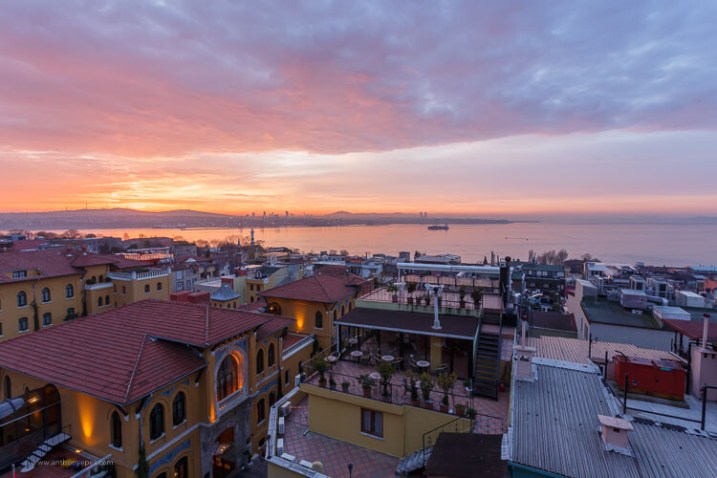





























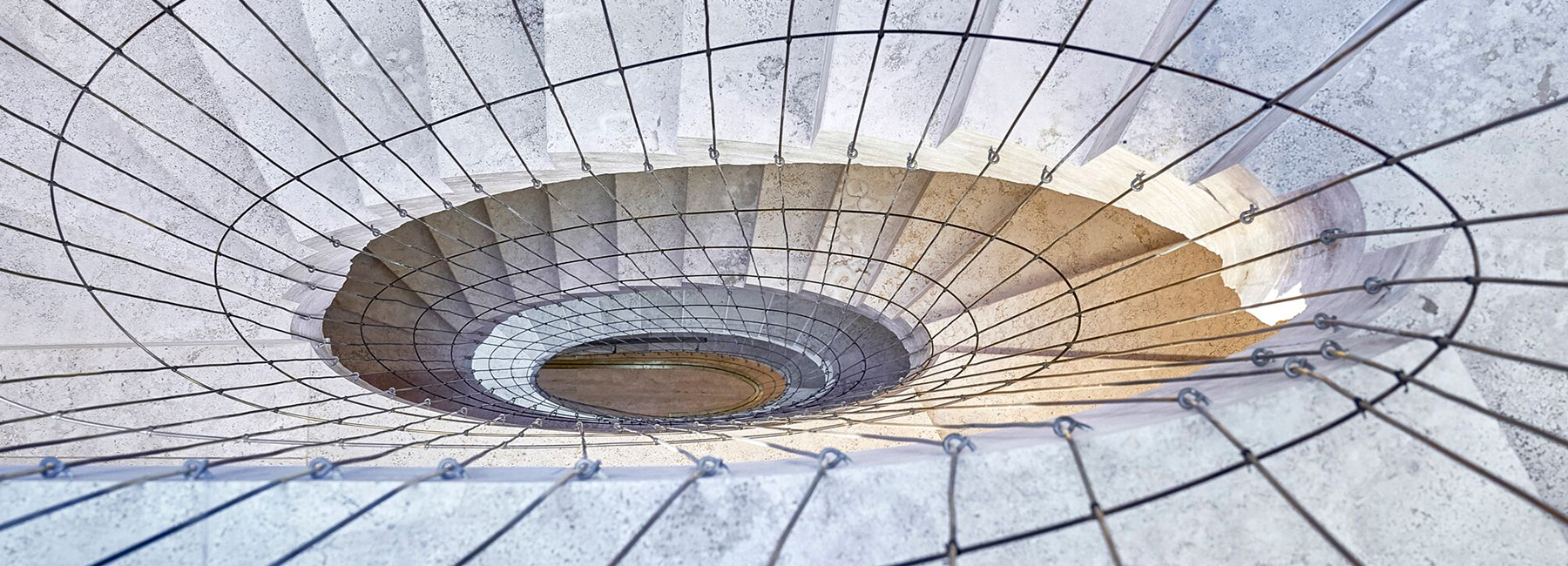
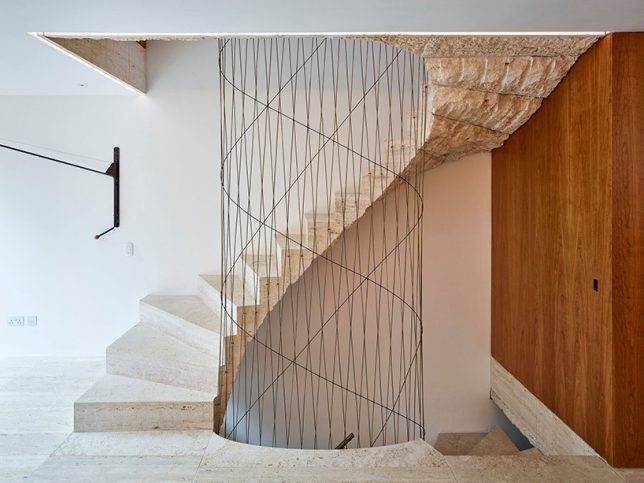
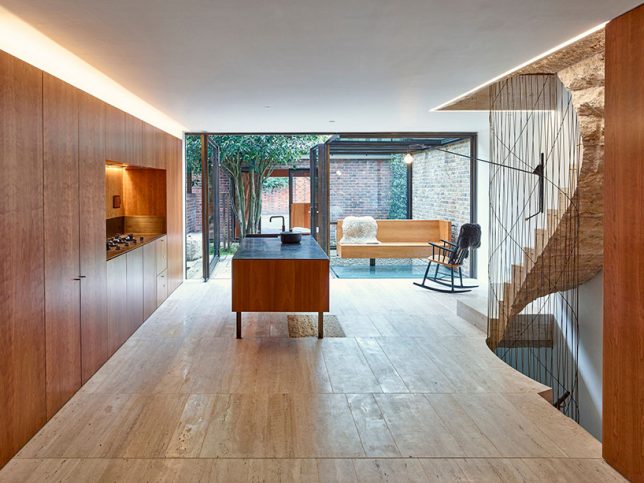
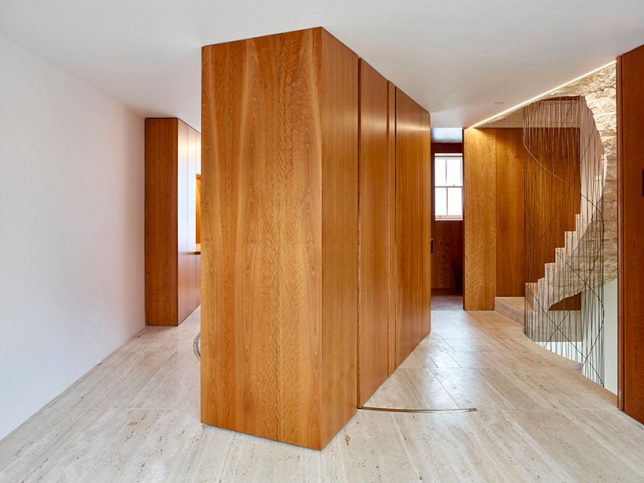


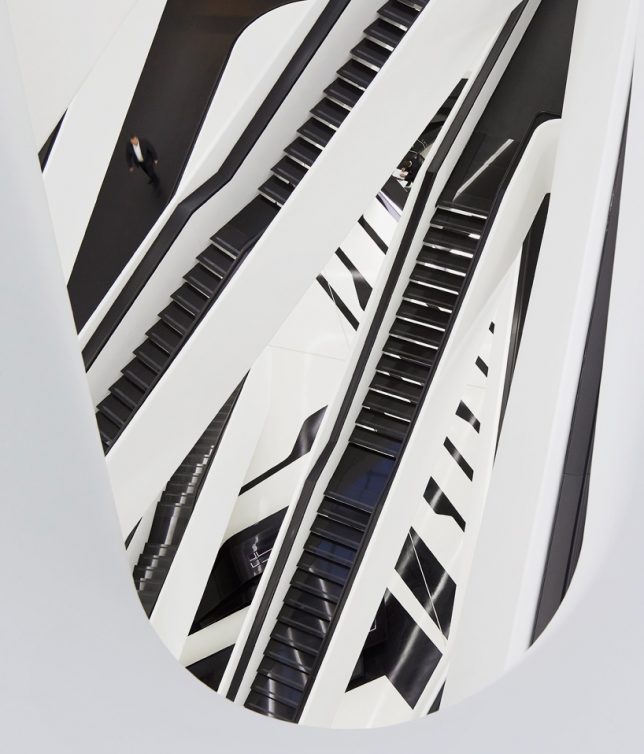
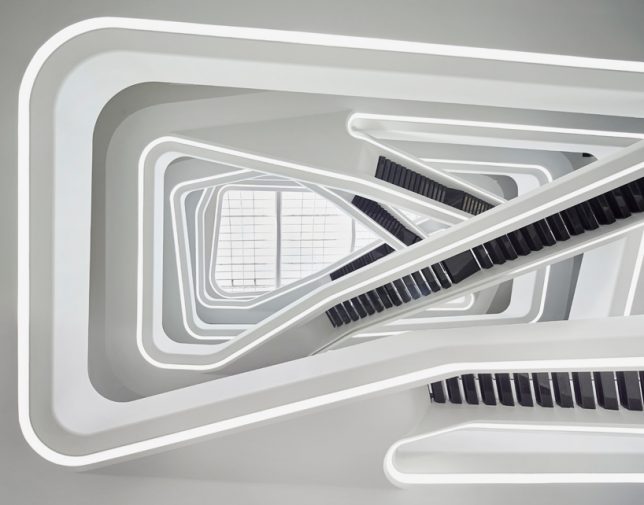
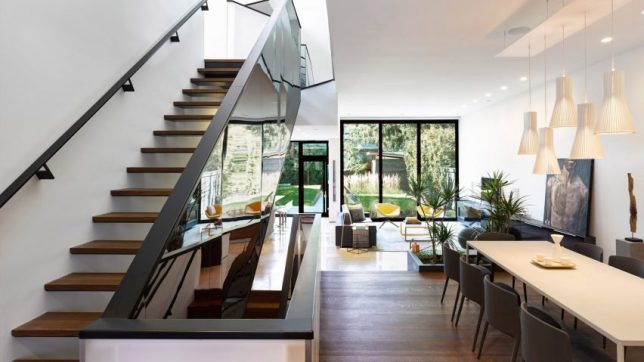
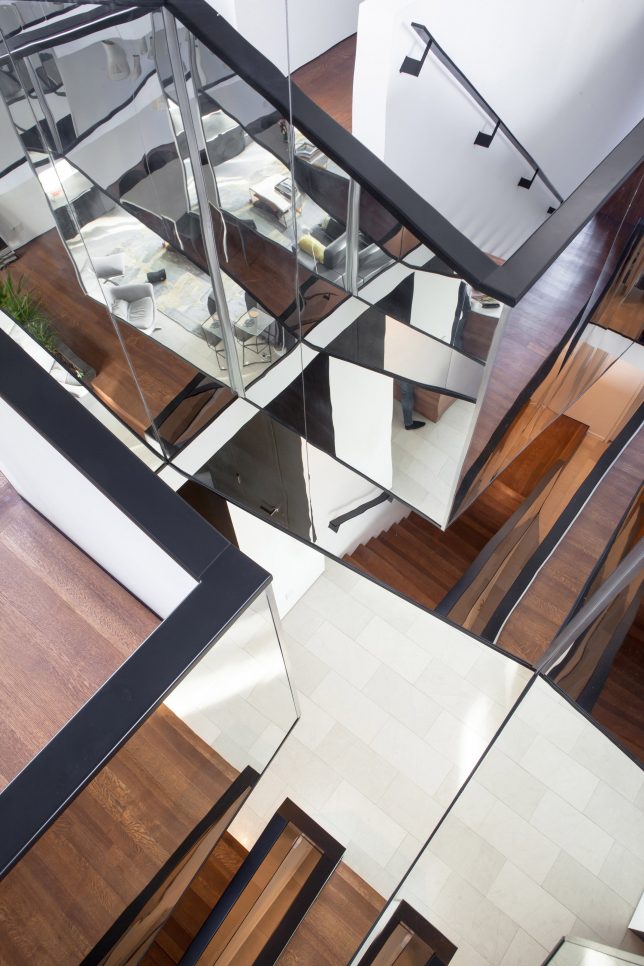
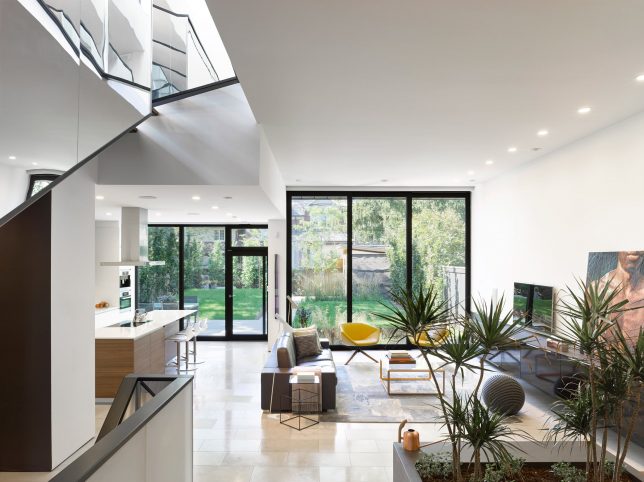
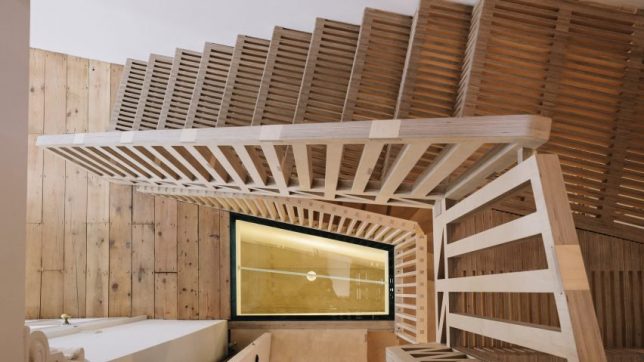
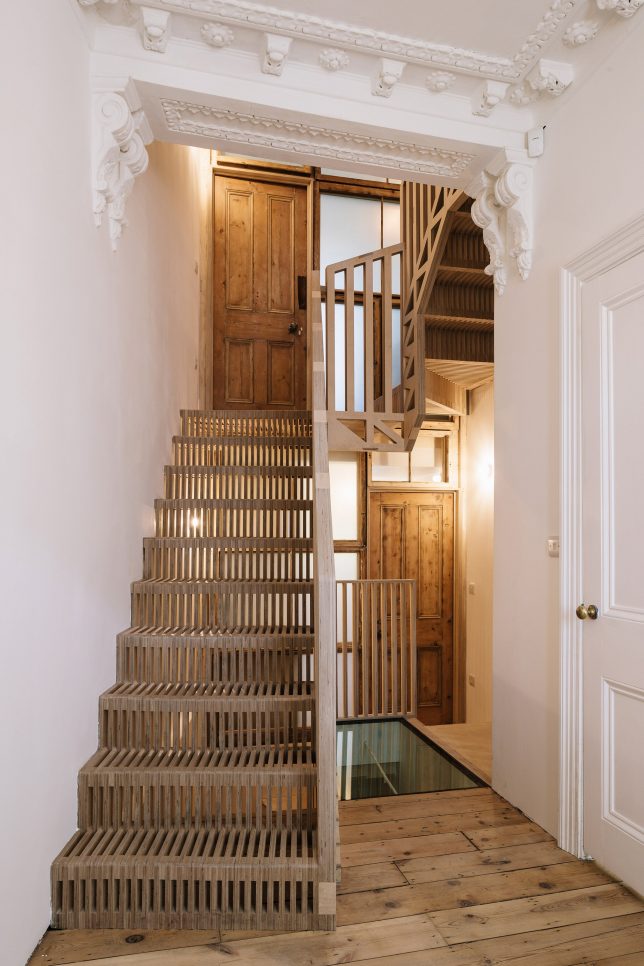
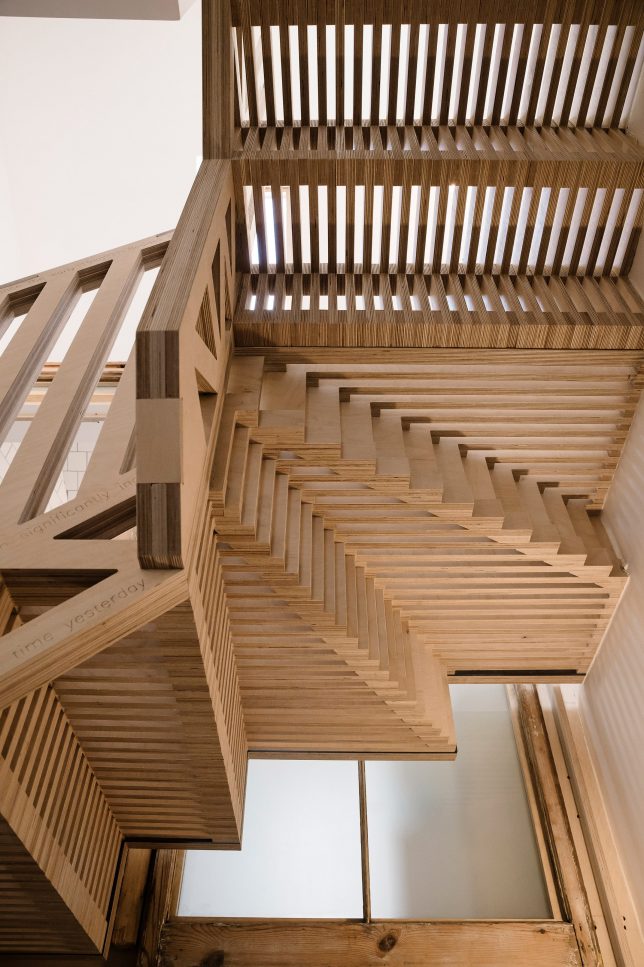






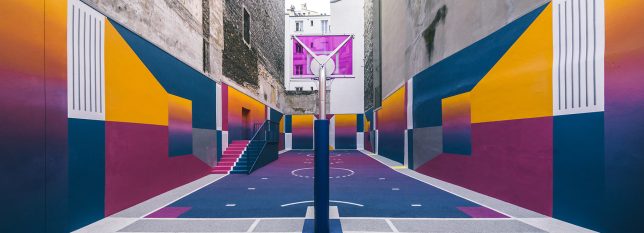
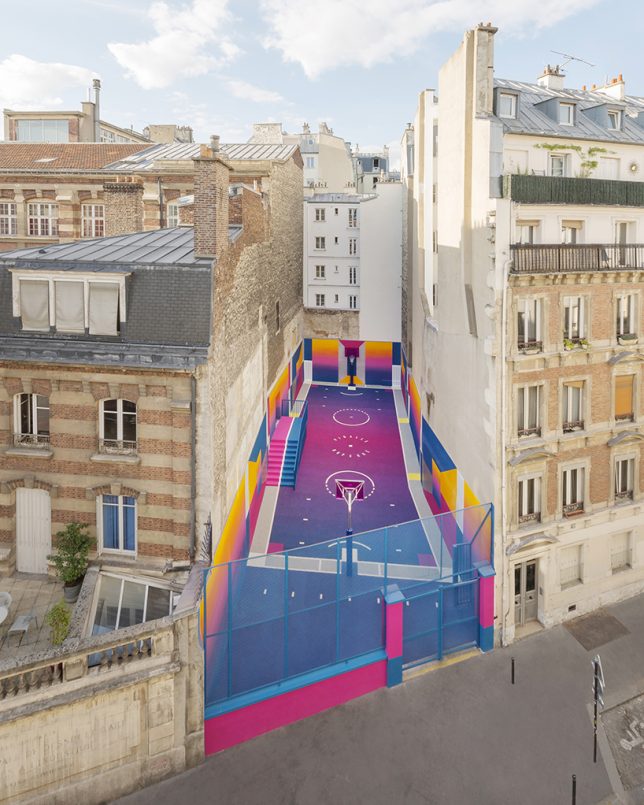
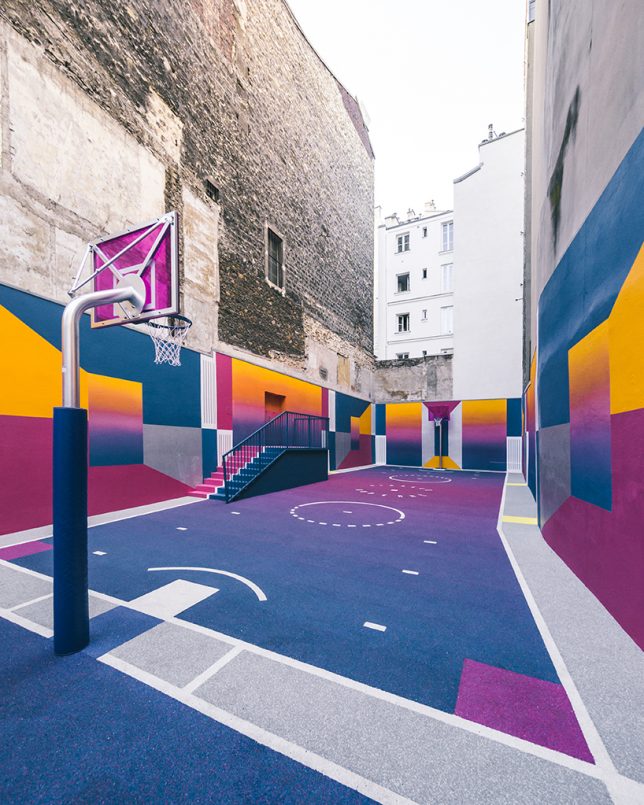
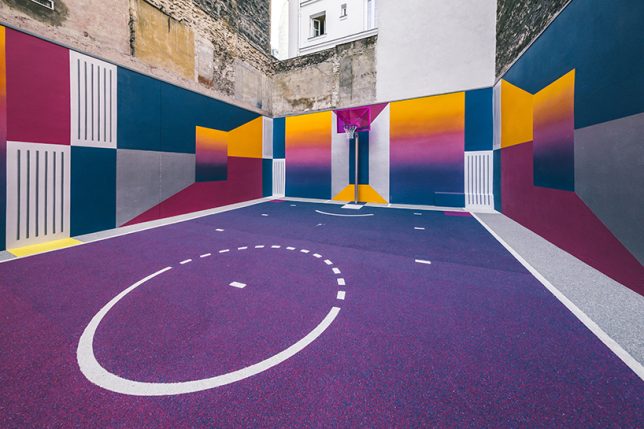
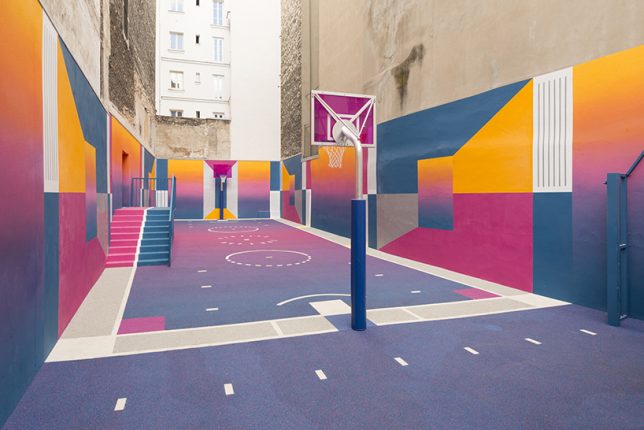
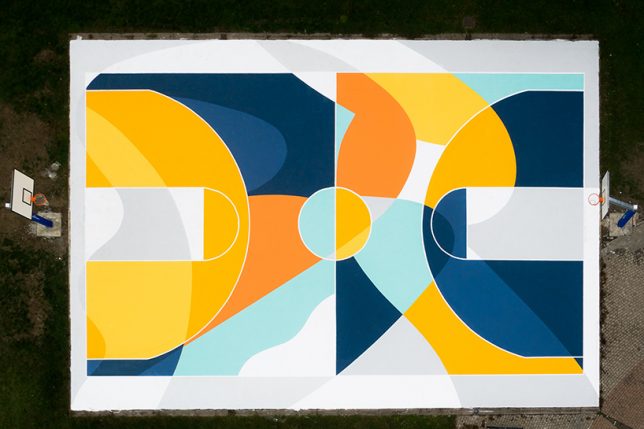


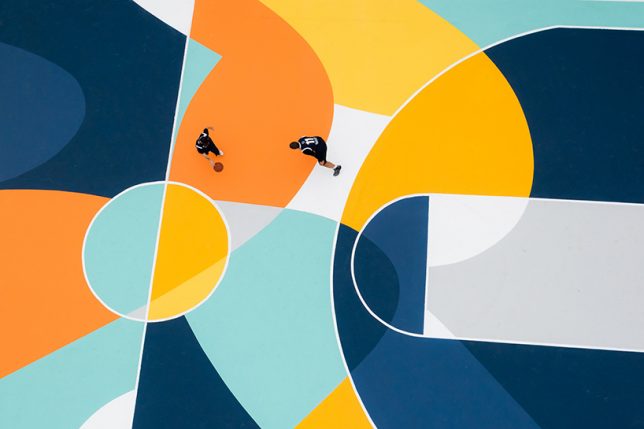
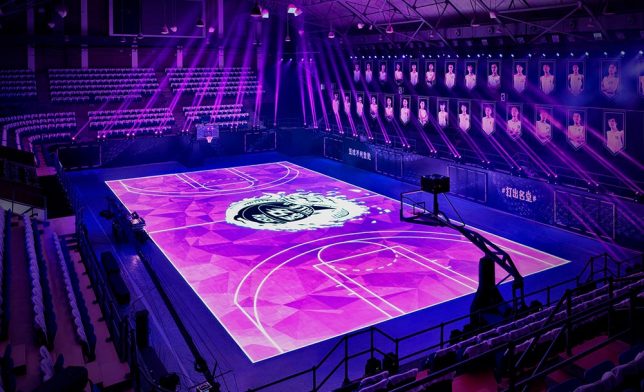

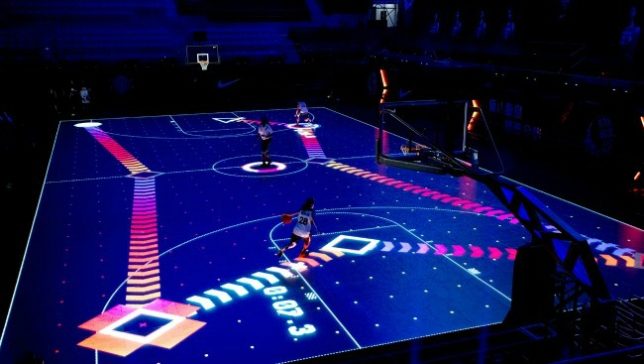
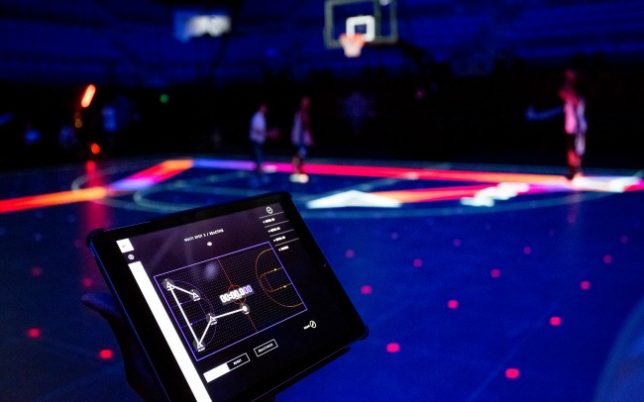
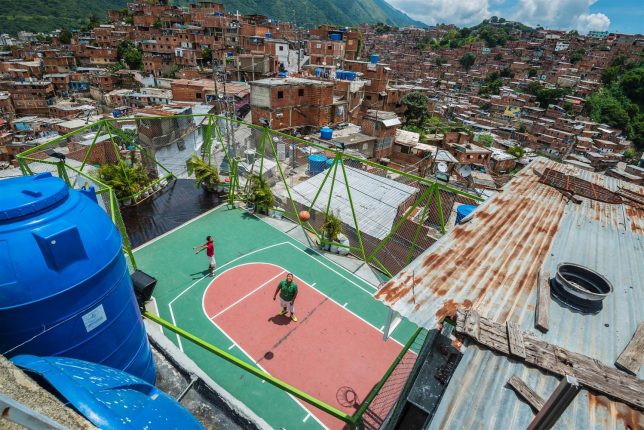
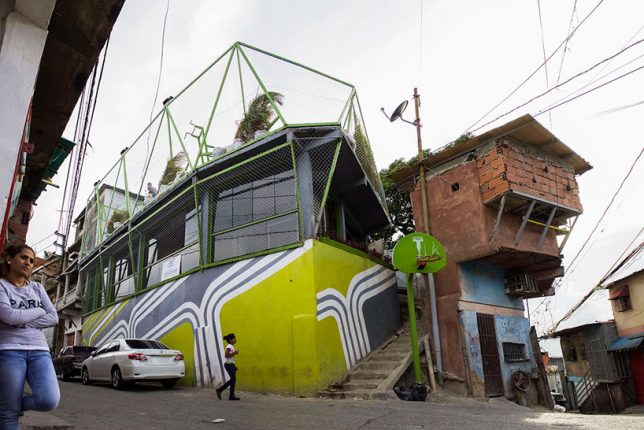
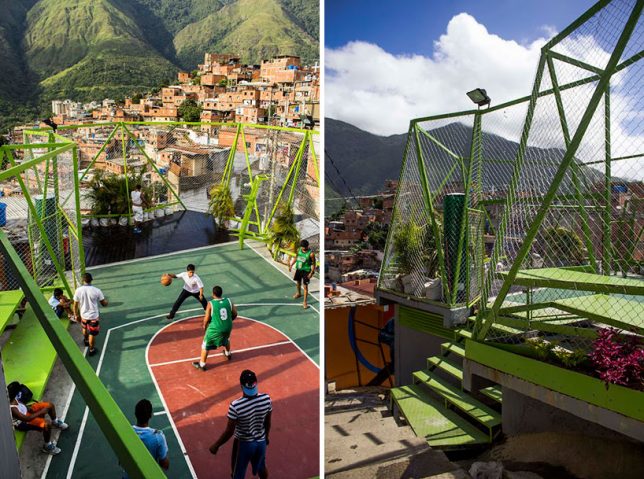
You must be logged in to post a comment.